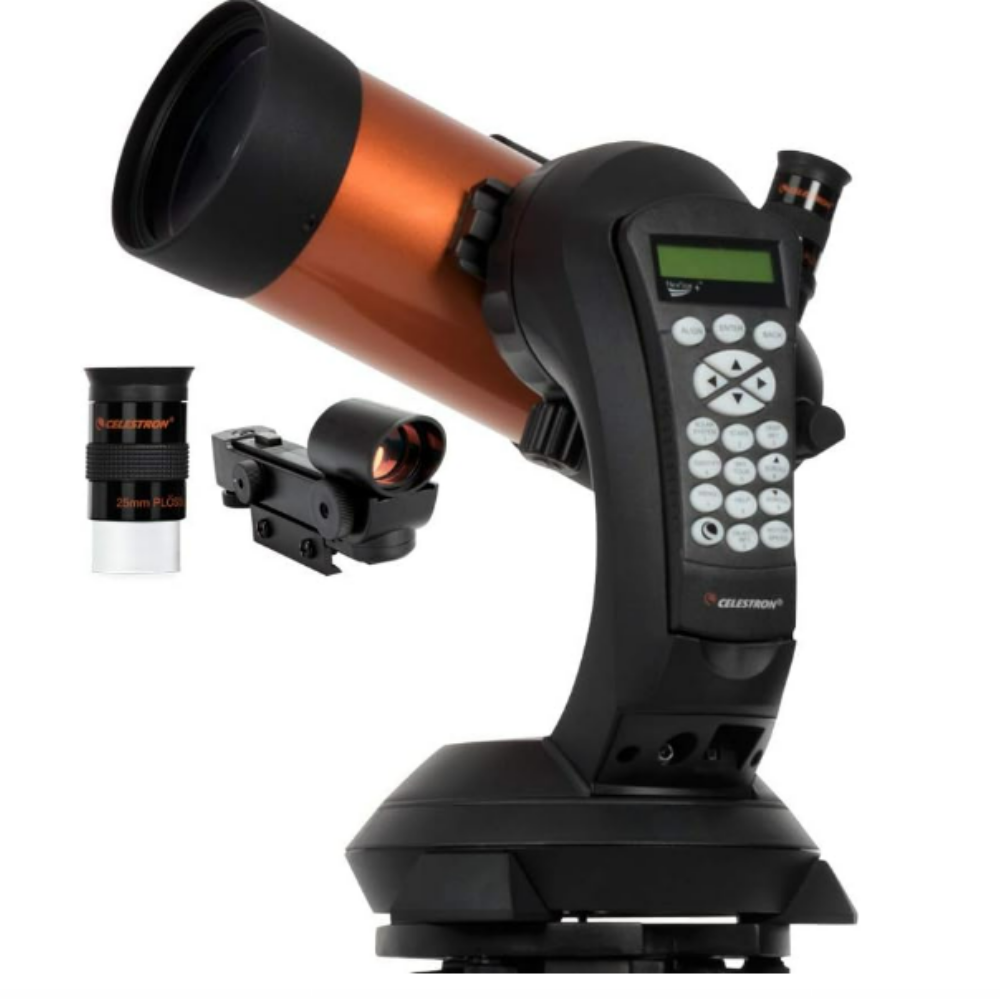China has 14 new satellites in orbit following its fifth launch of 2023.
A Long March 2D rocket lifted off from the Taiyuan Satellite Launch Center in northern China on Saturday (Jan. 14) at 10:14 p.m. EST (0314 GMT or 11:14 a.m. Beijing time on Jan. 15). Insulation tiles fell from the rocket as pink and purple exhaust propelled it above the frosty surrounding hills of Taiyuan.
Aboard were 14 satellites for a range of customers. Six of the payloads were Jilin-1 optical and infrared remote sensing satellites for a commercial satellite firm spun off from an institute under the Chinese Academy of Sciences (CAS). Changguang Satellite Technology now has more than 70 satellites in orbit and aims to build a constellation of 300 satellites (opens in new tab) by 2025.
Related: The latest news about China’s space program

Also aboard were Qilu-2 and Qilu-3, which Chinese state media described (opens in new tab) as high-resolution optical and wide-swath optical satellites, respectively.
Three further satellites were Golden Bauhinia Satellite 3, 4 and 6, developed (opens in new tab) by the Hong Kong Aerospace Science and Technology Group. The first two are optical remote sensing satellites, while the latter is an optical test satellite for a planned constellation for agricultural use.
Related stories:
The final three satellites were Luojia-3 (01), a remote sensing satellite for Wuhan University that was manufactured by state-owned DFH Satellite; the BUPT-1 scientific test satellite for Beijing University of Posts and Telecommunications and developed by the commercial satellite maker Spacety; and the technical test satellite Tianzhi-2D for CAS’s Institute of Software, developed by Hunan Hangsheng Satellite Technology.
The Long March rocket for the mission was developed by the China Aerospace Science and Technology Corporation (CASC), a giant state-owned space and defense contractor. CASC says it plans to launch more than 60 times (opens in new tab) across 2023.
Follow us on Twitter @Spacedotcom (opens in new tab) or on Facebook (opens in new tab).


